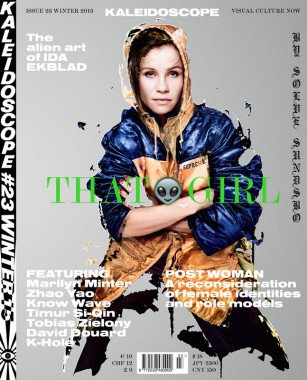
KALEIDOSCOPE Magazine 23, Winter 2015
Softcover, 272 pp., offset 4/4, 230 x 300 mm
English edition
ISSN 2038-4807
Published by KALEIDOSCOPE Press
$18.00 ·
Welcome to Kaleidoscope’s #23 (Winter 2015). Following the recent, successful redesign by Bureau Mirko Borsche, we are back with a brand new issue. The new formula is taking shape, new columnists and contributors are joining our ranks, and a lot of enthusiastic research went into curating the most compelling content out there.
In the opening section of HIGHLIGHTS, twelve profiles account for the best of the season: JASON MATTHEW LEE (by Alexander Shulan), DANIEL BAUMANN (by Aoife Rosenmeyer), MARYLIN MINTER (by Gianni Jetzer), MAGALI REUS (by Ruba Katrib), KNOW WAVE RADIO (by Alexandre Stipanovich), BEATRICE GIBSON (by George Vasey), CATHERINE AHEARN (by Tobias Czudej), K-HOLE (by Kevin McGarry), JAMIAN JULIANO-VILLANI (by Joshua Abelow), ALESSANDRO BAVA (by Francesco Garutti), ZHAO YAO (by Venus Lau), and IDEA BOOKS (by Xerxes Cook).
At a time when feminism resurges both in critical discourse and media headlines, while at the same time entering a list of words overdue to be banned, our signature MAIN THEME section is devoted to a reconsideration of female identities and role models. POST WOMAN is composed of a think tank, a think piece by Natasha Stagg and five interviews, including with Juliana Huxtable (by Andrew Durbin), Amalia Ulman (by Francesca Gavin), Judith Bernstein (by Hanne Mugaas), Massimiliano Gioni on “La Mamma” (with Pietro Rigolo), and Girls Like Us (by Felix Burrichter).
To follow, this issue’s MONO section and cover story are dedicated to Norwegian artist IDA EKBLAD. Fueled by an outright marvel for this thing called art, her work is distinguished by an extreme degree of impatience and prolificness. Her shift and turns are the result of a feverish engagement with pure materiality, synthesized with popular culture and animated by alien transformations. This definitive monographic survey comprises an essay by Peter J. Amdam, an interview by Cory Arcangel and an original portrait by Sølve Sundsbø.
Later on, the VISIONS section invites the eye to an enthralling journey across almost 100 pages of visual contributions by artists, curators and image-makers, including: TOBIAS ZIELONY, “Jenny Jenny”; MR.; “Chicago”: BARBARA CRANE and TONY LEWIS; DAVID DOUARD in Los Angeles; JONAS WOOD; “Alliantecnik,” curated by Alessio Ascari; TIMUR SI-QIN, “Premier Machinic Funerary”; and GRAHAM LITTLE.
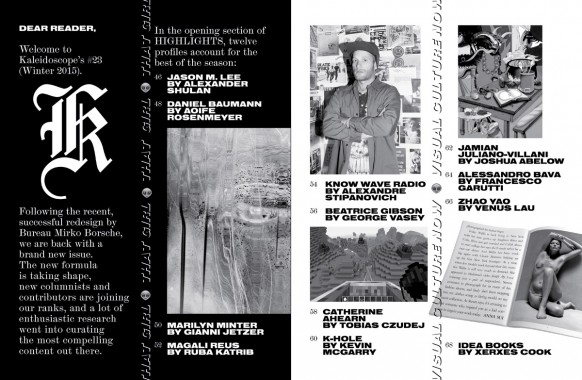
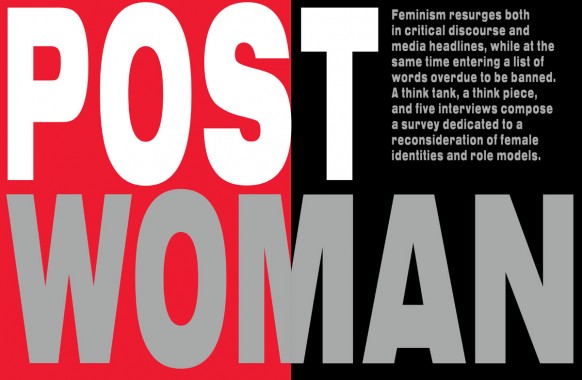
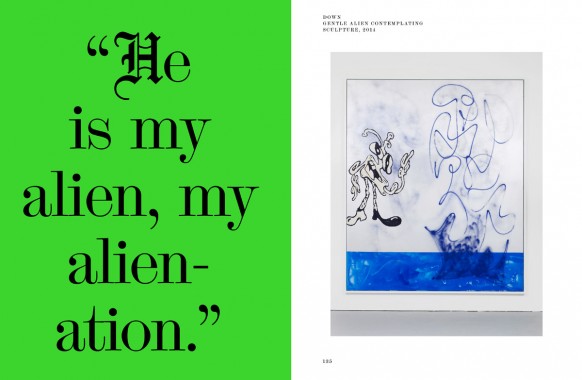
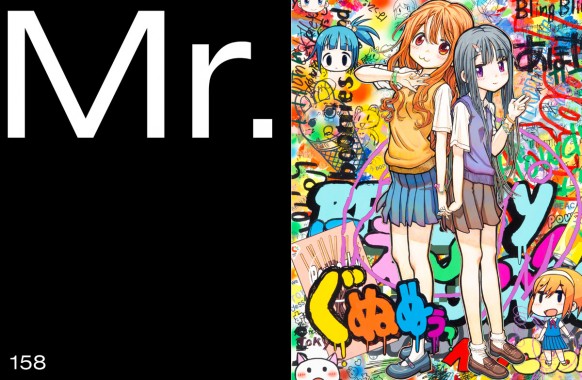
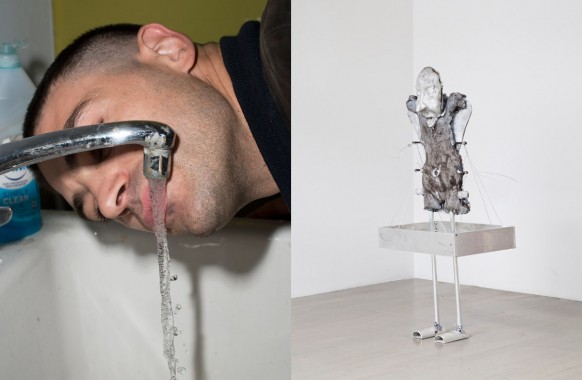
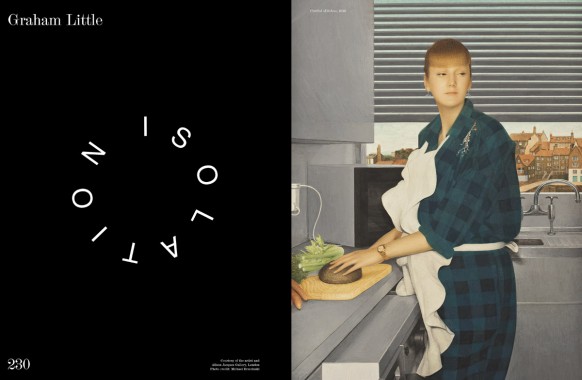
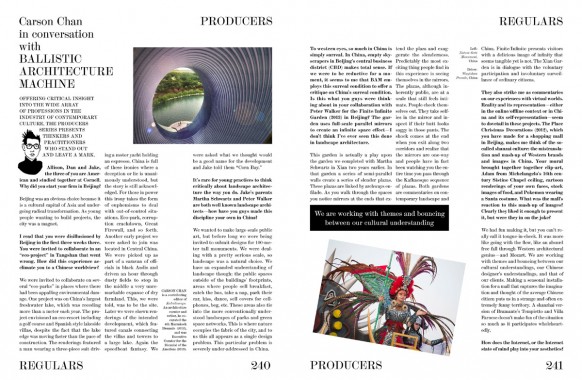
Alessandro Bava, Alessio Ascari, Alexander Shulan, Alexandre Stipanovich, Amalia Ulman, Andrew Durbin, Aoife Rosenmeyer, Art, Barbara Crane, Beatrice Gibson, Catherine Ahearn, Cory Arcangel, Culture, Daniel Baumann, David Douard, Distribution, Felix Burrichter, Francesca Gavin, Francesco Garutti, George Vasey, Gianni Jetzer, Graham Little, Hanne Mugaas, Ida Ekblad, Idea Books, Jamian Juliano-Villani, Jason Matthew Lee, Jonas Wood, Joshua Abelow, Judith Bernstein, Juliana Huxtable, KALEIDOSCOPE Press, Kevin McGarry, Magali Reus, Marilyn Minter, Massimiliano Gioni, Mirko Borsche, Natasha Stagg, Peter J Amdam, Pietro Rigolo, Ruba Katrib, Sølve Sundsbø, Timur Si-Qin, Tobias Czudeji, Tobias Zielony, Tony Lewis, Venus Lau, Xerxes Cook, Zhao Yao
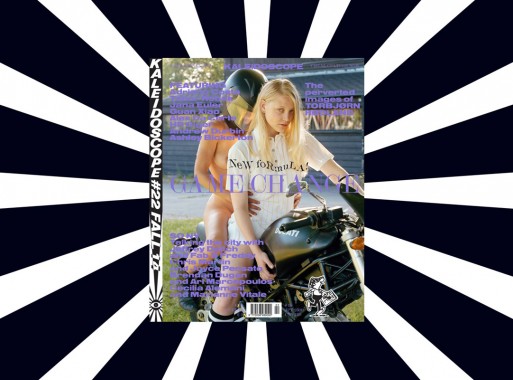
KALEIDOSCOPE Magazine 22, Fall 2014
Softcover, 256 pp. + Ari Marcopoulos poster, offset 4/4, 230 x 300 mm
English edition
ISSN 2038-4807
Published by KALEIDOSCOPE Press
$18.00 ·
Kaleidoscope’s newest release, Issue 22 (Fall 2014), introduces a completely redesigned and revamped version of the magazine, under the visionary art direction of Munich-based Bureau Mirko Borsche. The magazine’s new direction combines its defining curatorial and interdisciplinary approach with an emphasis on the power of images and a keen attention to the update, and is best epitomized by the new cover tagline: VISUAL CULTURE NOW.
In the renovated opening section of HIGHLIGHTS, twelve profiles account for the best of the season: Boychild (by Francesca Gavin), Ed Fornieles (by George Vasey), Adriano Costa (by Laura McLean-Ferris), Liu Chuang (by Venus Lau), Carol Rama (by Jesi Khadivi), Tabor Robak (by Alex Gartenfeld), Jana Euler (by Martha Kirszenbaum), Guan Xiao (by Pablo Larios), Alex Da Corte (by Piper Marshall), David Ostrowski (by Peter J. Amdam), Aphex Twin (by Francesco Tenaglia), and Torey Thornton (by Ross Simonini).
To follow, our signature MAIN THEME section, titled SO NY, is dedicated to practices informed and inspired by the city of New York. From the gritty urban feeling to the great sense of community — living and working in NYC provides endless inspiration and fuel for artists and creators. We have selected four pairs, from different generations and circles, to share memories and discuss perspectives: Jeffrey Deitch and Fab 5 Freddy, Chris Martin and Joyce Pensato, Brendan Dugan and Ari Marcopoulos, and Cecilia Alemani and Marianne Vitale. The result is a choral tale of convergences, strategies, connections, and old and new magics. Enriched with a collectable poster by Ari Marcopoulos!
On the other hand, the MONO section and cover story are dedicated to Norwegian, Los Angeles-based photographer Torbjørn Rødland. Seemingly speaking the fetishistic idiom of advertisement, marketing and food photography, Rødland’s images are in fact pervaded by the most compelling kind of perversity and haunted by boredom, spiritual longing, and a sense of aftermath. This monographic survey comprises an essay by Chris Sharp, an interview by Hanne Mugaas, and original portraits by Trine Hisdal.
Later on, a brand new section invites the eye to an enthralling journey across over 80 pages of visual contributions by artists, curators and image-makers, affirming the magazine’s centrality as a tool to show and experience art. This issue’s VISIONS include “Chopped & Screwed: Austin Lee and David Benjamin Sherry,” curated by Alessio Ascari; H.R. Giger’s “Biomechanoid”; Dorothea Tanning’s “Paintings”; Alexandra Bachzetsis’s “From A to B via C”; “Rondes Bosses,” curated by Nicolas Trembley; Chris Wiley’s “Technical Compositions”; and David Rappeneau’s “$$$$$$$$$$$$$$$$$$$$$$$$$$$.”
Lastly, the closing section of REGULARS features our insightful columns on the past, present and future of art and culture: in the first installment of Futura 89+ Hans Ulrich Obrist and Simon Castets interview American poet Andrew Durbin; Producers features Carson Chan’s conversation with Artsy’s founder Carter Cleveland; Christopher Schreck explores Francesco Clemente’s India as part of the Panorama series; and in Pioneers Fredi Fischli and Niels Olsen talk to legendary artist Ashley Bickerton.
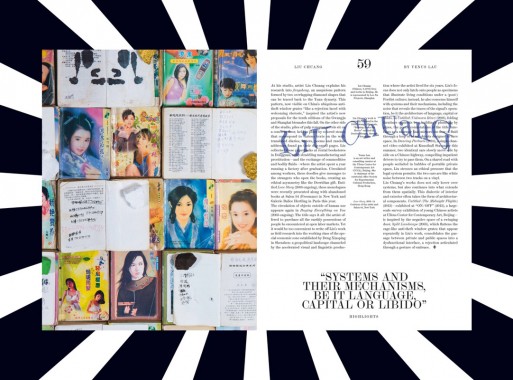
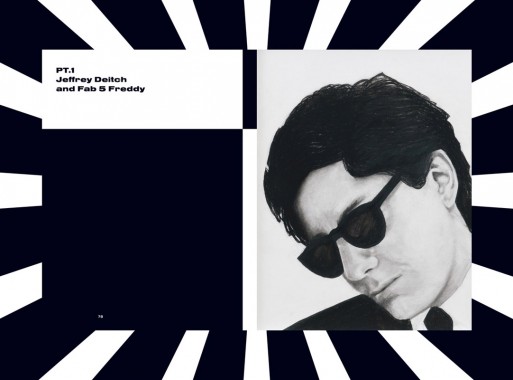
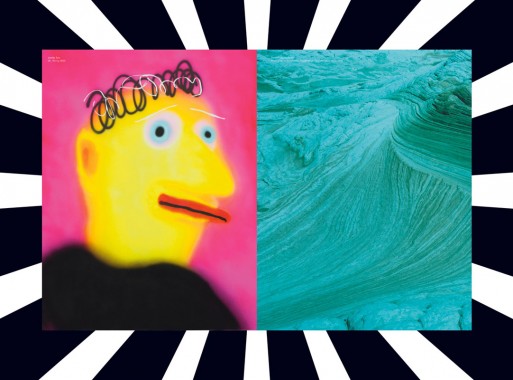
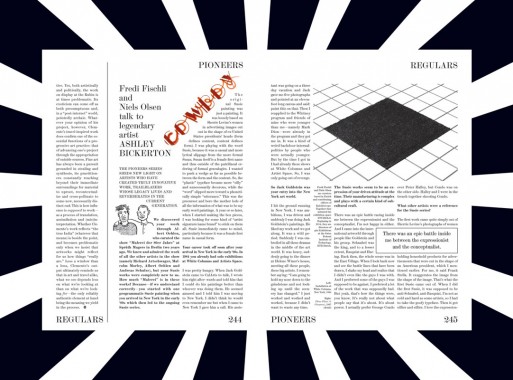
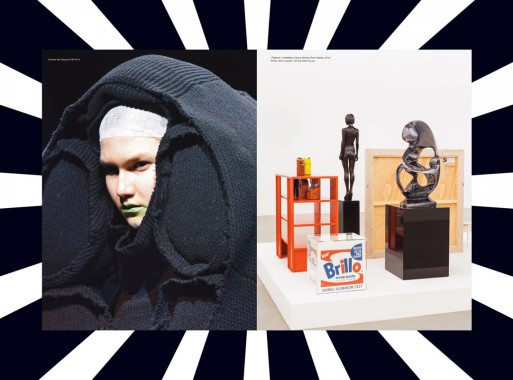
Adriano Costa, Alessio Ascari, Alex Da Corte, Alex Gartenfeld, Alexandra Bachzetsis, Andrew Durbin, Aphex Twin, Ari Marcopoulos, Art, Ashley Bickerton, Austin Lee, Brendan Dugan, Carol Rama, Carson Chan, Carter Cleveland, Cecilia Alemani, Chris Martin, Chris Sharp, Chris Wiley, Christopher Schreck, Culture, David Benjamin Sherry, David Ostrowski, David Rappeneau, Distribution, Dorothea Tanning, Ed Fornieles, Fab 5 Freddy, Francesca Gavin, Francesco Clemente, Francesco Tenaglia, Fredi Fischli, George Vasey, Guan Xiao, H.R. Giger, Hanne Mugaas, Hans Ulrich Obrist, Jana Euler, Jeffrey Deitch, Jesi Khadivi, Joyce Pensato, KALEIDOSCOPE Press, Laura McLean-Ferris, Liu Chuang, Marianne Vitale, Martha Kirszenbaum, Mirko Borsche, Nicolas Trembley, Niels Olsen, Pablo Larios, Peter J Amdam, Piper Marshall, Ross Simonini, Simon Castets, Tabor Robak, Torbjørn Rødland, Torey Thornton, Trine Hisdal, Venus Lau
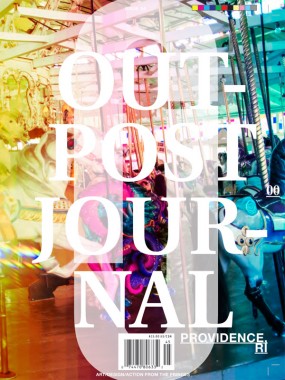
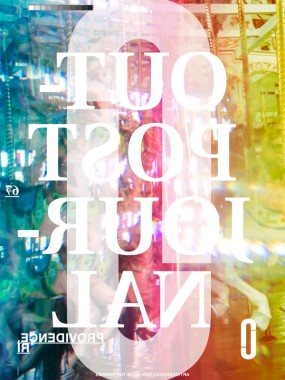
Outpost Journal 4, Providence
Softcover, 64 pp. + insert, offset 4/4, 9 x 12 inches
Edition of 500
ISBN 978-0-9836082-2-6
Published by Outpost Journal
$15.00 ·
Outpost is an annual print publication on art, design and community action from cities that have been traditionally underexposed beyond their local contexts. Each beautifully produced and visually engaging issue of Outpost focuses on a single urban location and comes packaged with a limited edition print by an artist from the featured city. Outpost is a journey into the creative heart of a place, and via features like “Secretly Famous” (profiles of the most infamous artsy locals), guerrilla engagements with tourist attractions, historical explorations, mapping projects, and deep dives into artist collectives and organizations, Outpost exposes the myriad ways in which unique local communities arise through creative collaboration and production.
Exploratory and playful, critical with a sense of levity, and inspired by hand-drawn maps, flags, totem poles, poorly pixelated iPhone photos, moody landscapes, and the spirit of adventure, Outpost is dedicated to strengthening ties between communities and spreading new ideas about how creative culture can change our world.
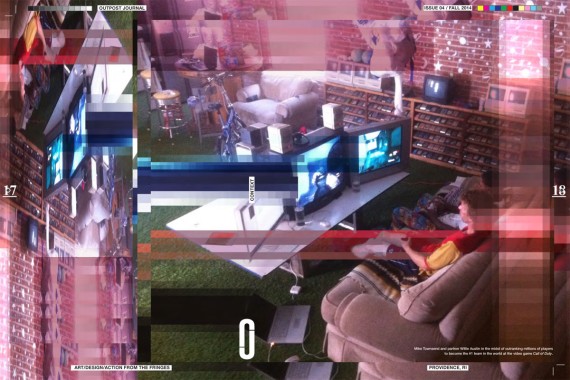
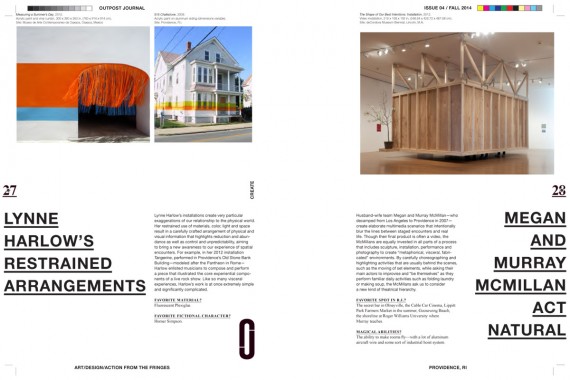
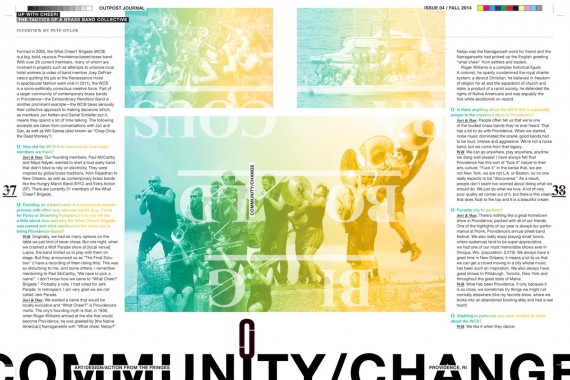
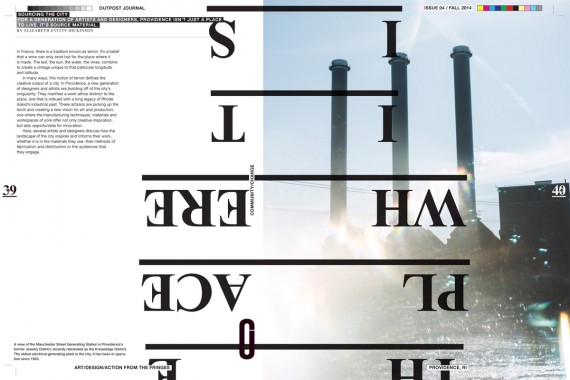
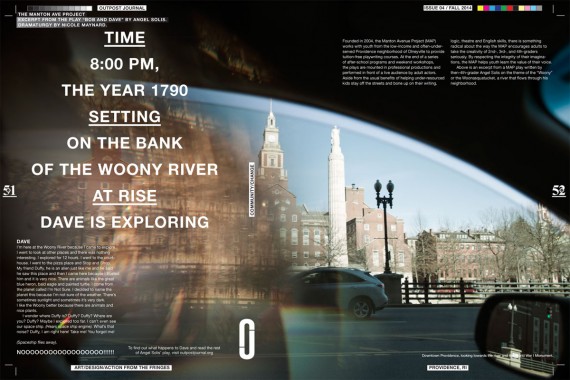
Aja Blanc, Alex Kwartler, Annie Fischer, Anusha Venkataraman, Architecture, Art, Brian Chippendale, Clay Rockefeller, Culture, Dale Gowen, Distribution, Elizabeth Evitts Dickinson, Eric Shiner, Jay Peter Salvas, Jungil Hong, Luke Baker, Manya Rubinstein, Matthew Williams, Mike Taylor, Outpost Journal, Pete Oyler, Sheri Pasquarella, Victoria Kung
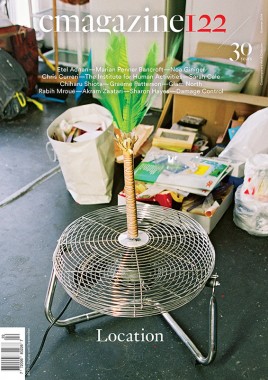
C Magazine 122, Location
Softcover, 72 pp., offset 4/1, 210 x 295 mm
Edition of 2200
ISSN 1480-5472
Published by C Magazine
$7.50 ·
C Magazine 122 includes features on Being in a State of Pure Belief: On the Work of Etel Adnanby Corrine Fitzpatrick, Willow, Weep for Me: Noa Giniger, Marian Penner Bancroft, and the Intricacies of Melancholy by Kimberly Phillips, Renzo Martens and the Institute for Human Activities by Nicholas Brown, Both Here and There: Canadian Artists and the Berlin Experience by Alexandra Phillips; plus Stopover, an Artist Project by Alexis Bhagat & Stephanie Loveless, and our regular sections On Writing, Exhibition Reviews, Book Reviews, and Artefact.
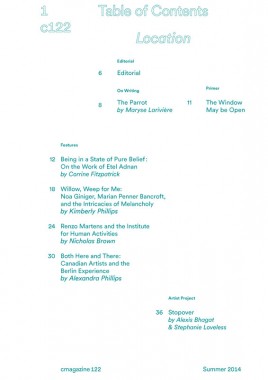
Alexandra Phillips, Alexis Bhagat, Art, C Magazine, Corrine Fitzpatrick, Culture, Distribution, Etel Adnanby, Kimberly Phillips, Marian Penner Bancroft, Nicholas Brown, Renzo Martens, Stephanie Loveless
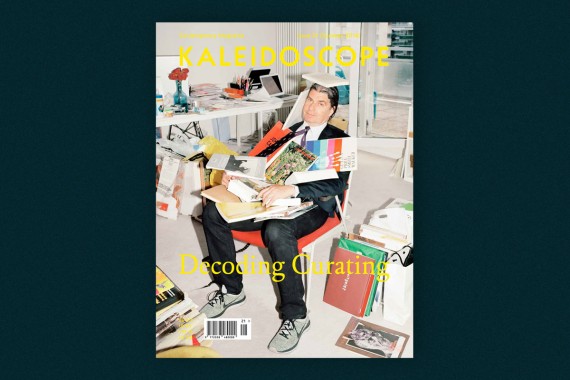
KALEIDOSCOPE Magazine 21, Decoding Curating
Softcover, 234 pp. + three special inserts, offset 4/4, 220 x 287 mm
English edition
ISSN 2038-4807
Published by KALEIDOSCOPE Press
$18.00 ·
KALEIDOSCOPE’s newest issue, Issue 21 (Summer 2014), is a special edition dedicated to curating, aimed to decode the dynamics and implications of the profession — from funding to theoretical propositions, from circulation to consciousness-raising and from trend forecasting to commodification — and imagine its possible future developments.
In the opening section of HIGHLIGHTS, we have selected five emerging, ’80s-born practitioners from different backgrounds and continents — Alex Gartenfeld, Sarah Rifky, Hanne Mugaas, Anthony Yung and Luca Lo Pinto — representing a glimpse into the multiplicity of visions and motivations behind, as well as approaches to, the curatorial practice.
To follow, the MAIN THEME section comprises four extensive discussions, involving as many as twenty-five international professionals — including Adam Szymczyk, Sarah McCrory, Lauren Cornell, Dena Yago and Mitchell Algus — to comment on how curating unfolds in such diverse frameworks as the not-for-profit organization, the large-scale exhibition, the Internet, and the commercial gallery.
Surprisingly, on the other hand, the MONO section and cover story are dedicated to an artist, Swiss living legend John Armleder — with a comprehensive interview by Andrea Bellini, an essay by Jeanne Graff and a portrait by Mathilde Agius — as a means to account for an organic and unconstrained approach to all sides of creative production and to hint at the long and enthralling tradition, of Duchampian descent, of artist/curators.
Lastly, the closing section of REGULARS features interviews exploring to what extent curatorial practice has strayed into other fields, such as architecture, cuisine and radio broadcasting: Hans Ulrich Obrist interviews NTS founder Femi Adeyemi; Fredi Fischli and Niels Olsen talk appropriating exhibitions with cult curator Bob Nickas; Jesi Khadivi discusses the art scene in L.A. with man-about-town Michael Ned Holte; Carson Chan meets Venice Architecture Biennale’s key contributor Stephan Trüby; and Francesca Gavin interrogates editor Emma Robertson and promoter Alessandro Porcelli on the art of food.
This issue is enriched by our seasonal TIPS on reading, listening, stopping by, meeting and visiting; as well as three visual INSERTS, specially commissioned as so many experiments of exhibitions on paper: “Portraits of Society” curated by Nicholas Cullinan, ”Robert Mapplethorpe” curated by Elad Lassry, and “Coupling” curated by Piper Marshall.
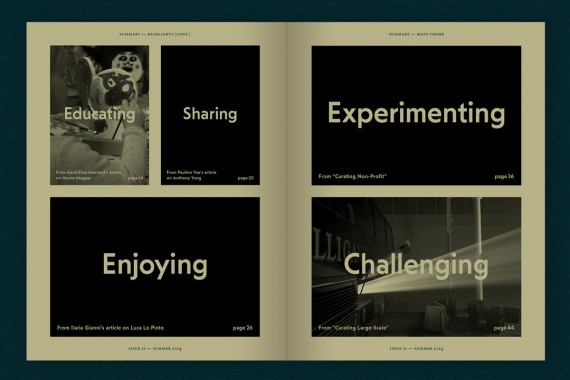
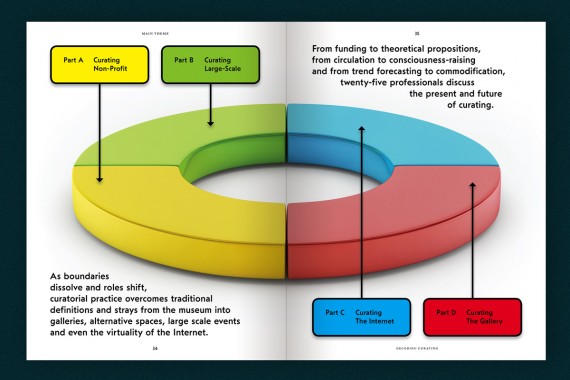
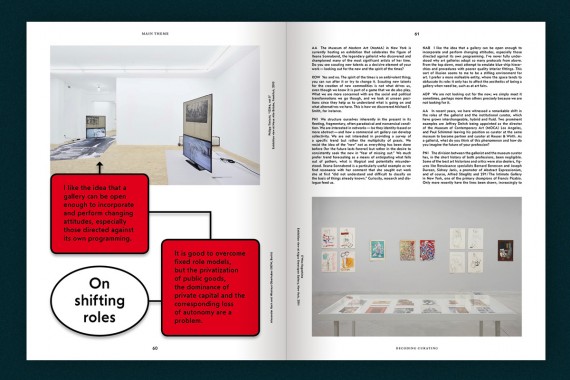
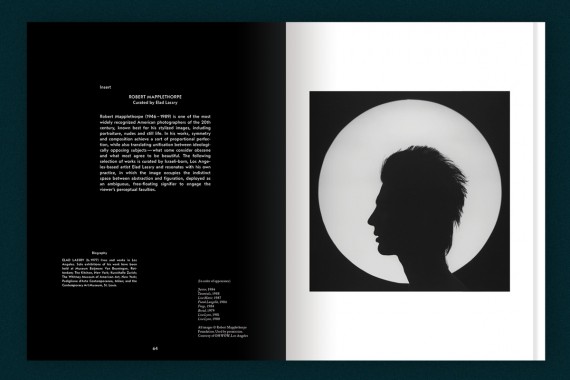
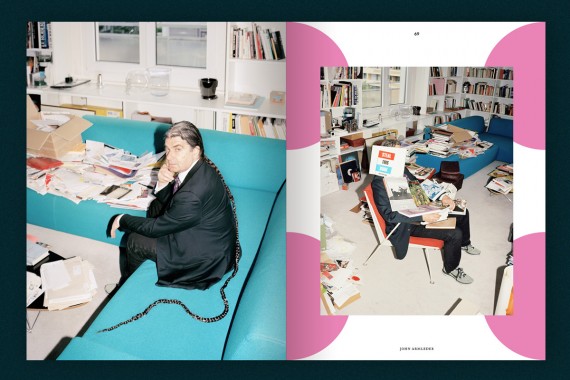
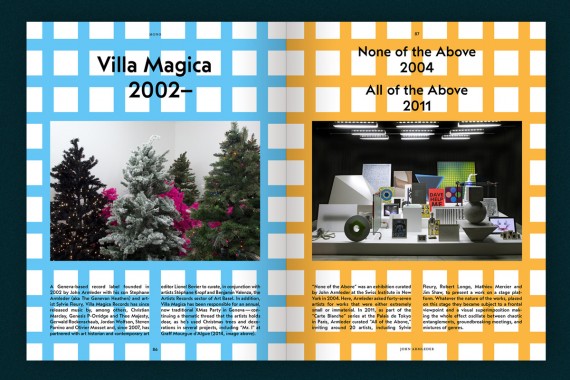
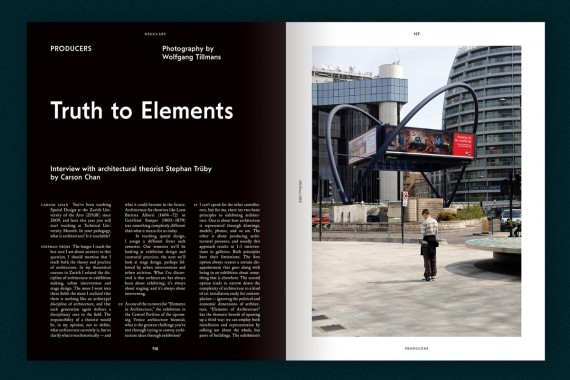
Adam Szymczyk, Alessandro Porcelli, Alex Gartenfeld, Andrea Bellini, Anthony Yung, Art, Bob Nickas, Carson Chan, Culture, Curatorial, Dena Yago, Distribution, Elad Lassry, Emma Robertson, Femi Adeyemi, Francesca Gavin, Fredi Fischli, Hanne Mugaas, Hans Ulrich Obrist, Jeanne Graff, Jesi Khadivi, John Armleder, KALEIDOSCOPE Press, Lauren Cornell, Luca Lo Pinto, Mathilde Agius, Michael Ned Holte, Mitchell Algus, Nicholas Cullinan, Niels Olsen, Piper Marshall, Robert Mapplethorpe, Sarah McCrory, Sarah Rifky, Stephan Trüby
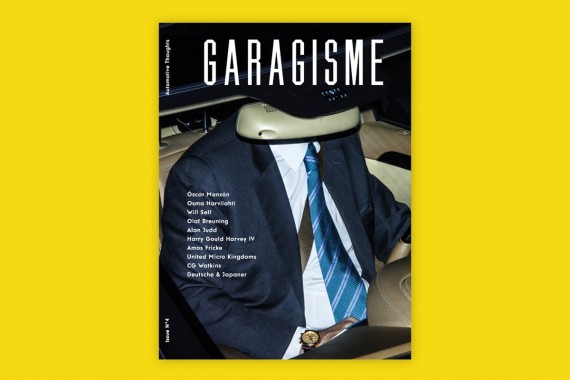
GARAGISME Magazine 4
Softcover, 144 pp., offset 4/4, 240 x 320 mm
English edition
ISBN 978-2-9540897-0-6
Published by GARAGISME Éditions
$16.00 ·
GARAGISME is a biannual publication documenting automobile culture / est une publication semestrielle documenter la culture automobile.
1. Oscar Monzón: KARMA
2. Monica Uszerowicz: Customized cars of Broward
3. Nicolas Poillot: Dancing with(out) fear
4. CG Watkins: Racing Dude
5. Romaric Tisserand: The night watch
6. Basile Mookherjee: One Thousand and One Nights
7. Luke & Nik: Coriolus Station
8. Jamie Wald Aldam: What do farmers get up to behindthe wheel
9. Sanam Gharagozlou: The Paykan abides
10. Will Self: Madness of Crowds Speed Awareness
11. Alan Judd: Spies’ Cars
12. Stephen Bayley: Albert Camus’ Crash
13. Monica Uscerowicz: United Micro Kingdoms
14. Aurélien Arbet: On the other side of the dune
15. Amos Fricke: Hemmelrath Lackfabrik GmbH, Klingenberg, Germany
16. Harry Gould Harvey IV: Mountain Pass
17. Deutsche & Japaner: Constellations
18. Osma Harvilahti: Arrangements
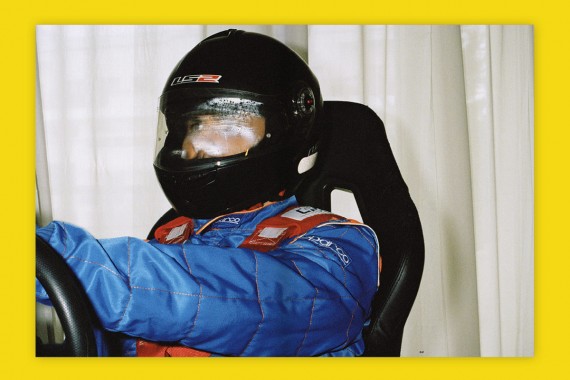
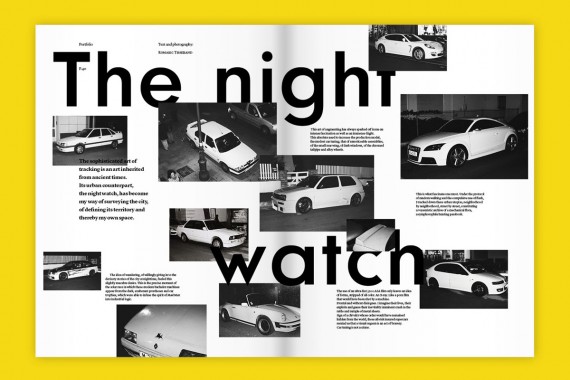
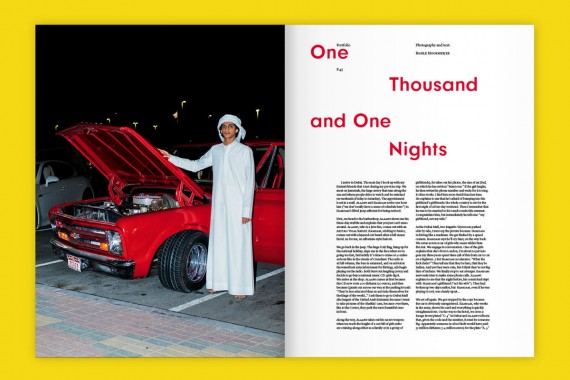
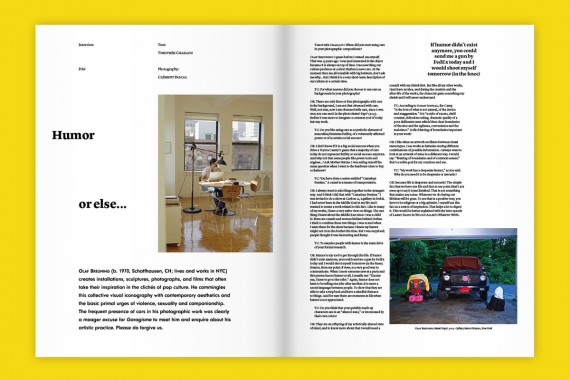
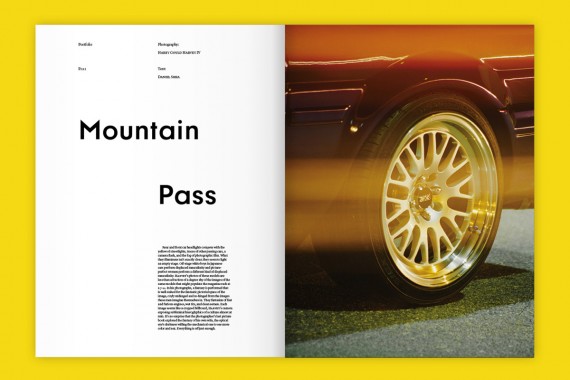
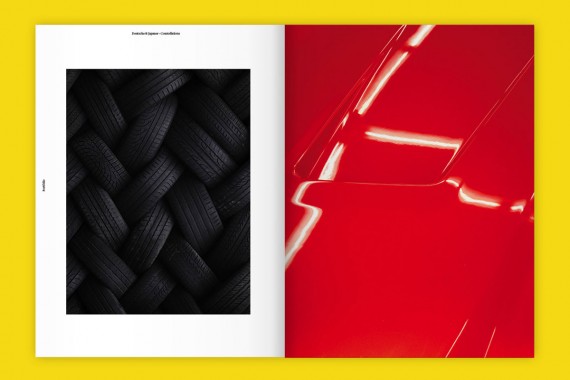
Alan Judd, Amos Fricke, Annie-Sophie Ferrari, Aurélien Arbet, Basile Mookherjee, Cars, CG Watkins, Culture, Distribution, Garage Grotesk, GARAGISME Éditions, Gilles Uzan, Harry Gould Harvey IV, Jamie Wald Aldam, Monica Uscerowicz, Monica Uszerowicz, Nicolas Poillot, Oscar Monzón, Osma Harvilahti, Romaric Tisserand, Sanam Gharagozlou, Stephen Bayley, Tania Feghali, Tiffany Thomas, Will Self
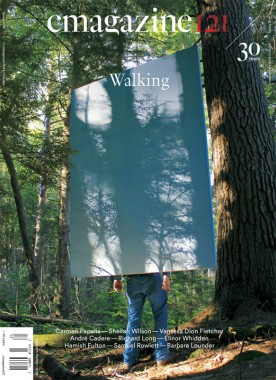
C Magazine 121, Walking
Softcover, 80 pp., offset 4/1, 210 x 295 mm
Edition of 2200
ISSN 1480-5472
Published by C Magazine
$7.50 ·
C Magazine Issue 121 “Walking” includes features “On Speculative Walking: From the Peripatetic to the Peristaltic” by Randy Lee Cutler, “Walking Transformed: The Dialogics of Art & Walking” by Simon Pope, “Sissy Boys on YouTube: Notes Towards a Cultural History of Online Queer Childhood” by Jon Davies, “The Walk Exchange: Pedagogy and Pedestrianism” an Interview with Moira Williams by Earl Miller and “Walking with Artists” edited by Eugenia Kisin and Amish Morrell; plus an artist project by Sheilah Wilson with text by Stephen Horne, and our regular sections On Writing, Exhibition Reviews, Book Reviews and Artefact.
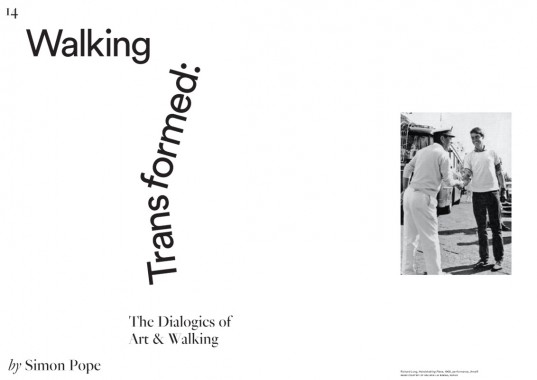
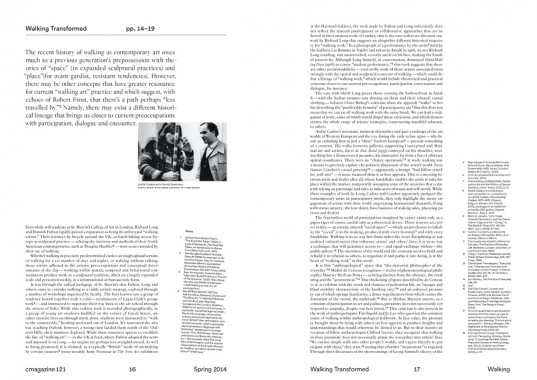
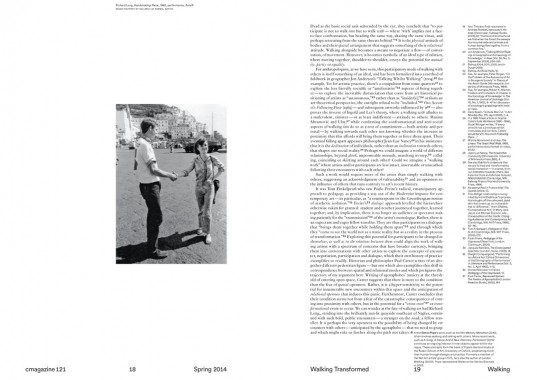
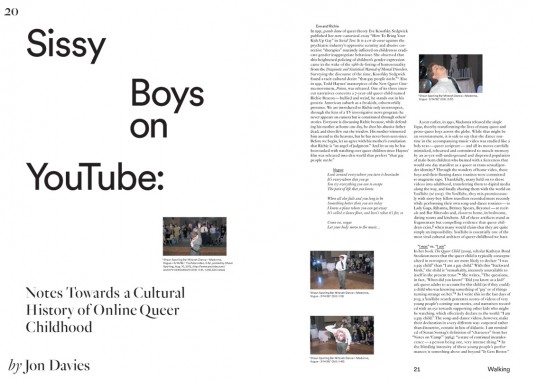
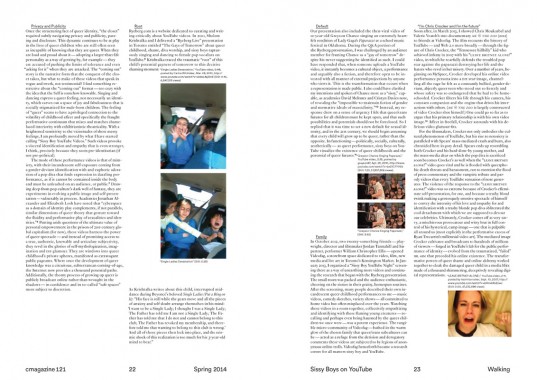
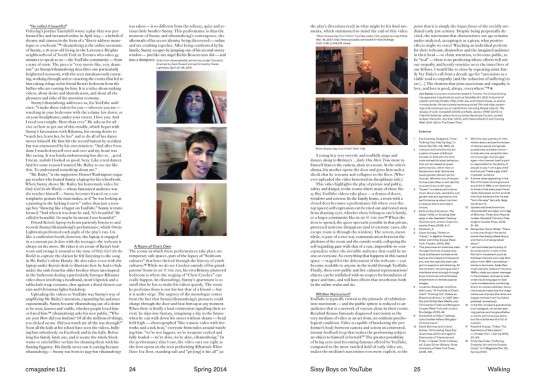
Amish Morrell, Art, C Magazine, Culture, Earl Miller, Eugenia Kisin, Jon Davies, Moira Williams, Randy Lee Cutler, Sheilah Wilson, Simon Pope, Stephen Horne
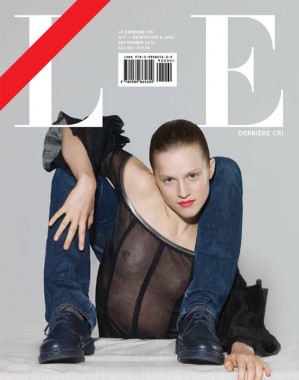
Le Derriére Cri 1, Repetition & Chic
Softcover, 200 pp., offset 4/4, 200 x 250 mm
Edition of 1000
ISBN 978-0-9898656-0-9
Published by Capricious
$24.90 ·
LDC revives the tradition of rigorous satire and critique within the theatre of fashion, photography, and contemporary culture.
Le Derrière Cri purposely strays from the classic magazine model of interviews, articles & reviews, instead using the vehicles of the editorial industry to subvert the image-making economy we so take for granted. Written by anonymous insiders, pseudonymous provocateurs, and authors attributed with academic precision, LDC’s contents include true stories, academic musings, works of complete fiction and blurry spaces in between. Visually, LDC draws upon the incestuous beauty of the fashion industry itself, resulting in works that nurture surrealism in its purest form.
For the premiere issue of Le Derrière Cri we examine the underpinnings of fashion through two thematically linked ideas: Repetition as one of fashion’s main devices to create newness, leading to the slippery and hyper-abundant term ‘Chic’.
Ukrainian photography duo SYNCHRODOGS goes derrière-mad with Chic Asses, followed by a series of confessional articles: first an exploration of the magazine’s rather contentious title (L.E.D.E.R.R.I.E.R.E.C.R.I.), next a bemused study of a sycophantic fashion assistant and a tell-all of the perils of being a Fashion Triennale director, as BENI BISCHOF’s defaced fashion ads punctuate and estrange the editorial flow one sausage at a time. MICHAEL ROCK and ELIZABETH ROCK trace IntelliChic, the blockbuster campaign that was never meant to be. Photographer LAUREN LANCASTER capitalizes on a 300% credit to all-star minimalist designer JIL SANDER, followed up by a gruesome wedding story by a well-known stylist featuring the same sartorial centerpiece. Artist ANICKA YI investigates the noosphere of global scent horizons with AARON MCELROY’s lurid floral portraits. QIU YANG undresses a Lynchian centerfold in a 26-page story entitled Chic-At-Large, and larger yet, a notable design director dishes on the peculiar insistences of his rather famous ex-boss. Associate Editor BEVERLY LIANG and fashion theorist CHRISTINA MOON unpack the popularity of Blondness accompanied by BLOMMERS SCHUMM’s blonde hair color portrait series. An anonymous Lawyer / Model muses on her double life of litigation-slave and hobby-model, and ANICKA YI prologues with her ominous and beautiful artwork The Closed Mouth Gathers No Feet. ANJA ARONOWSKY CRONBERG exposes the power structures of ‘chic,’ illustrated by JENNIFER LIVINGSTON’s glossary of fashion poses with ALI MICHAEL and fashion editor HAIDEE FINDLAY-LEVIN. SOL SPREZZATURA collages rants on media culture and privacy with NICHOLAS ALAN COPE’S luscious, architectural and highly phallic lipstick photographs. Not to be upstaged MEINKE KLEIN features “real homosexuals” extravagantly styled in bohomo-chic looks. And we close with a dedication to America’s Charlie Chaplin of photography ALFRED GESCHEIDT, whose work has been a huge inspiration in the creation of this magazine, profiled by documentary filmmaker HARVEY WANG.
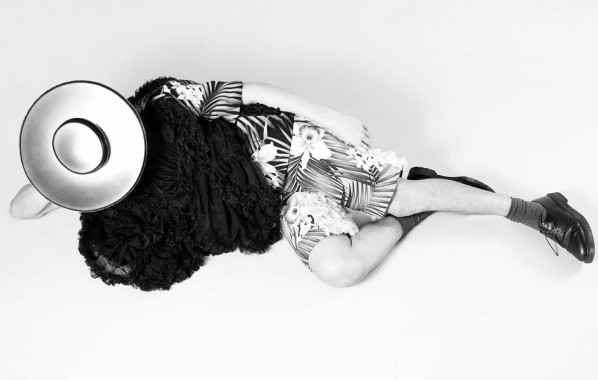
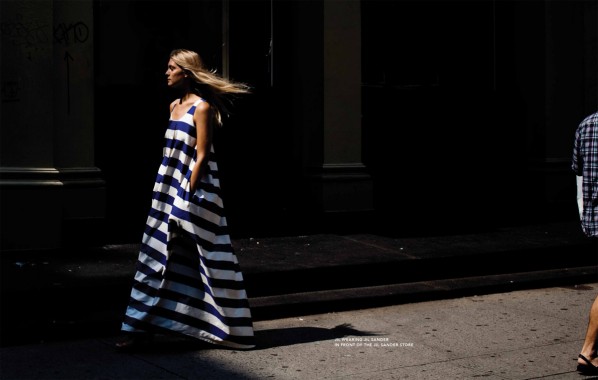
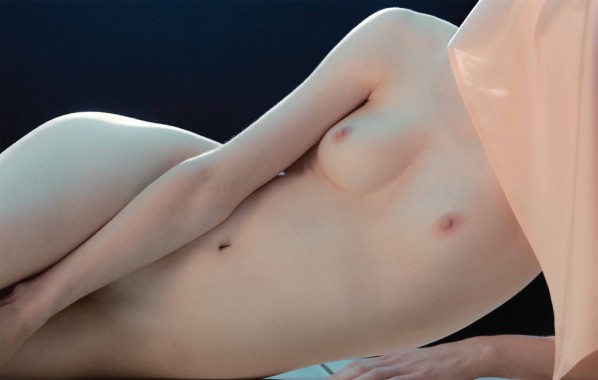
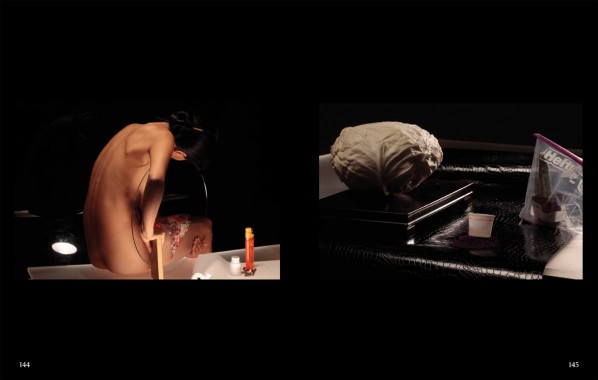
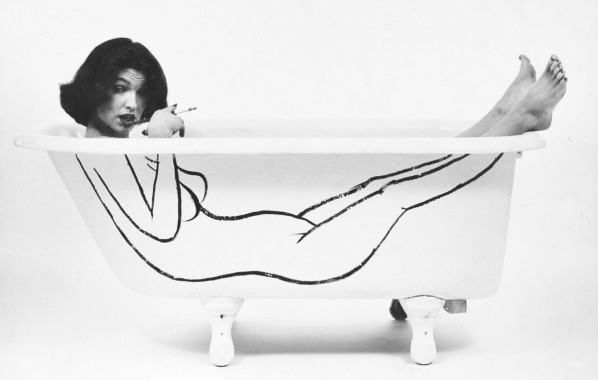
Aaron McElroy, Alfred Gescheidt, Anicka Yi, Anja Aronowsky Cronberg, Beni Bischof, Beverly Liang, Blommer Schumm, Capricious, Christina Moon, Culture, Distribution, Elizabeth Rock, Fashion, Haidee Findlay-Levin, Harvey Wang, Jennifer Livingston, Joff, Lauren Lancaster, LDC, Le Derrière Cri, Meinke Klein, Michael Rock, Nicholas Alan Cope, Qiu Yang, Ryan Weafer, Sol Sprezzatura
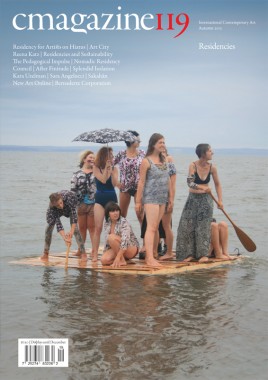
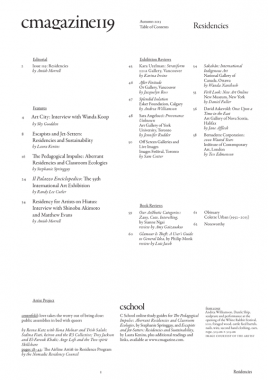
C Magazine 119, Residencies
Softcover, 64 pp., offset 4/1, 210 x 295 mm
Edition of 2200
ISSN 1480-5472
Published by C Magazine
$7.50 ·
Issue 119 includes feature essays by Laura Kenins on “Escapists and Jet-Setters: Residencies and Sustainability”, Stephanie Springgay on “The Pedagogical Impulse: Aberrant Residencies and Classroom Ecologies,” and Randy Lee Cutler on the 55th Venice Biennale, as well as Sky Goodden in conversation with Wanda Koop and an interview by Amish Morrell with Shinobu Akimoto and Matthew Evans. C119 also includes an artist project by the Nomadic Residency Council and the collaborative project “love takes the worry out of being close: public assemblies in bed with queers”; book reviews and reviews of exhibitions by Kara Uzelman, Sara Angelucci, David Askevold, Bernadette Corporation and more.
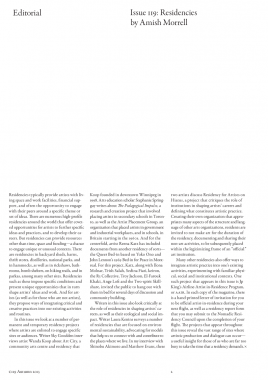
Amish Morrell, Art, Bernadette Corporation, C Magazine, Culture, David Askevold, Distribution, Fashion, Kara Uzelman, Laura Kenins, Matthew Evans, Randy Lee Cutler, Sara Angelucci, Shinobu Akimoto, Sky Goodden, Stephanie Springgay
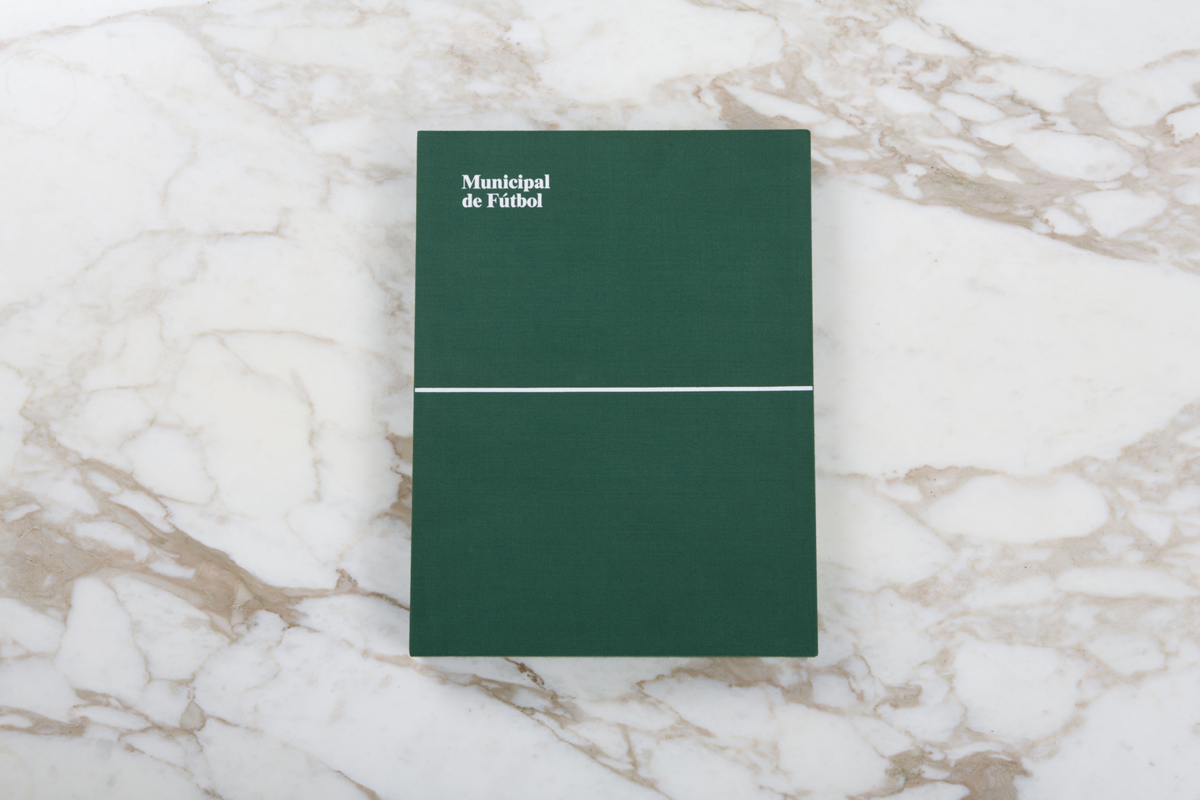
Essays by Jennifer Doyle. Photography by Michael Wells.
Municipal de Fútbol
Hardcover/boxed, 192 pp., offset 4/1, 260 x 350 x 40 mm
two books, one poster, nine artist lithographs, and a fútbol jersey, in cloth box
English and Spanish
Edition of 1000
ISBN 978-0-9816325-0-6
ISBN 978-0-9816325-1-3
ISBN 978-0-9816325-2-0
Published by Christoph Keller Editions, Textfield
$80.00 $40.00 ·
Distributed in North America by
Distributed Art Publishers
Municipal de Fútbol is a collaborative edition about amateur soccer in Los Angeles—the everyday experience of playing in pick-up games, weekend and night park leagues. Jennifer Doyle, a contributor to frieze and author of Sex Objects: Art and the Dialectics of Desire, has contributed two essays to the books, both with Spanish translation. Housed in an embossed green clothbound box with black ribbon pulls, the edition includes two clothbound books (one of which studies the game as it is played throughout Los Angeles, on hijacked baseball fields, back lots and public squares, and the other of which focuses on one field in particular, the ultra-scrappy and always animated Lafayette Park); one poster; artist lithographs by As-Found, Roderick Buchanan, Mari Eastman, General Idea, Jakob Kolding, Jonathan Monk, Arthur Ou, Peter Piller and Michael Wells; and a European National team adidas fútbol jersey with a “Municipal de Fútbol/Los Angeles Recreation and Parks” embroidered patch and a reflective silk-screened number. The edition is designed by Jonathan Maghen and photography is by Michael Wells.
“Fútbol bubbles up from the ground. It rains down on parks and leaks through walls. It rises like an irrepressible tide, and recedes only when everybody has to go earn some money for themselves and their families. Nobody playing here thinks it’s going to make them rich. Or famoso. It is what happens instead of work.” — Jennifer Doyle
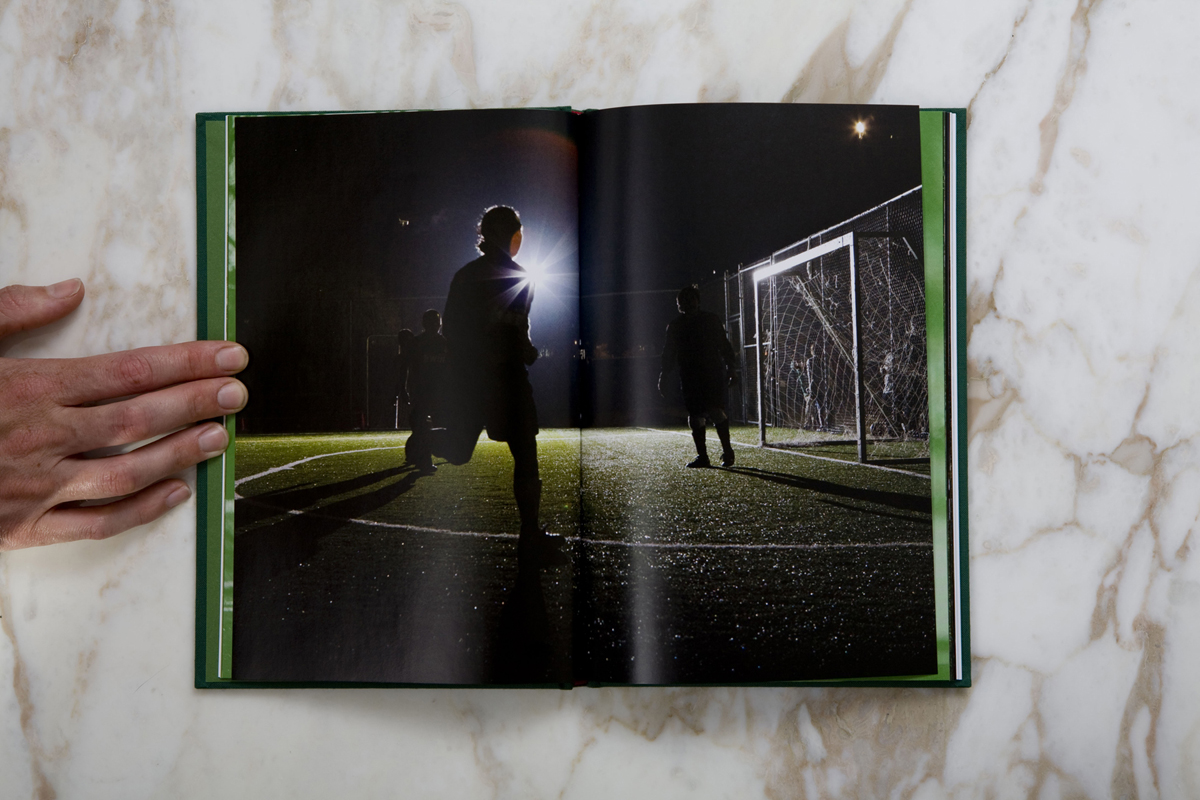
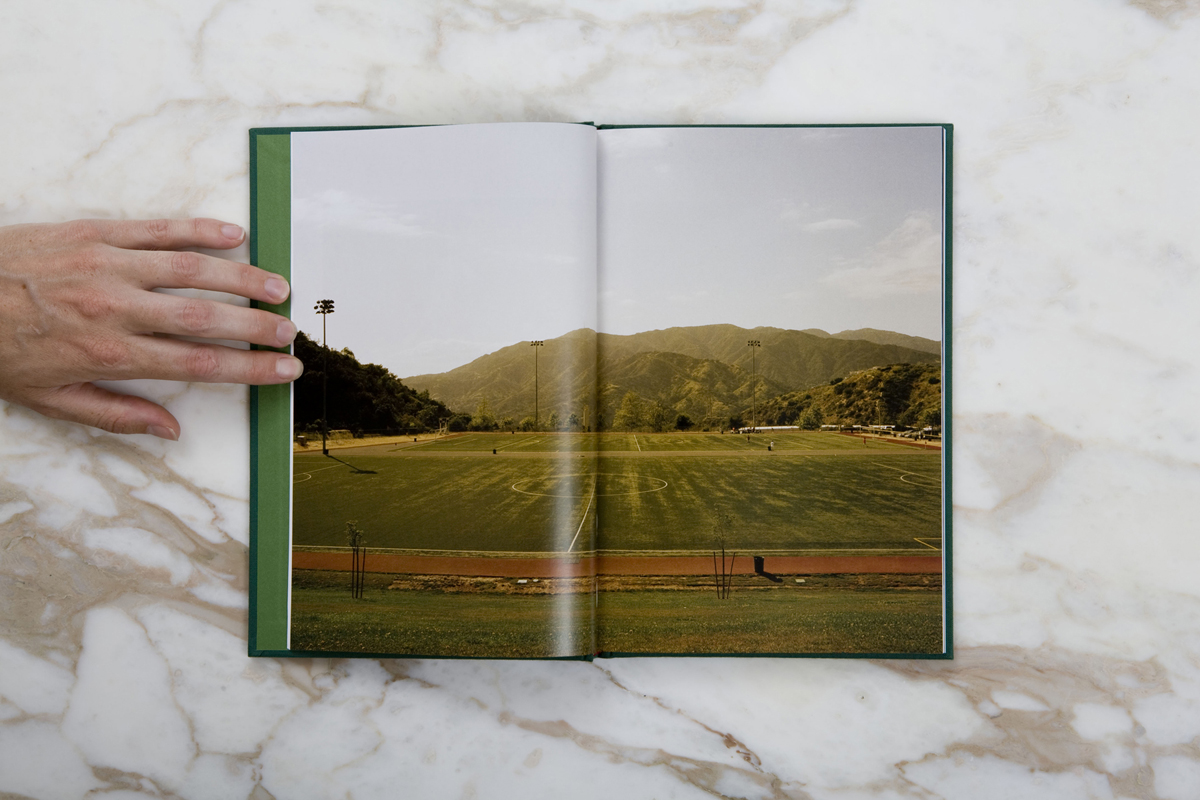
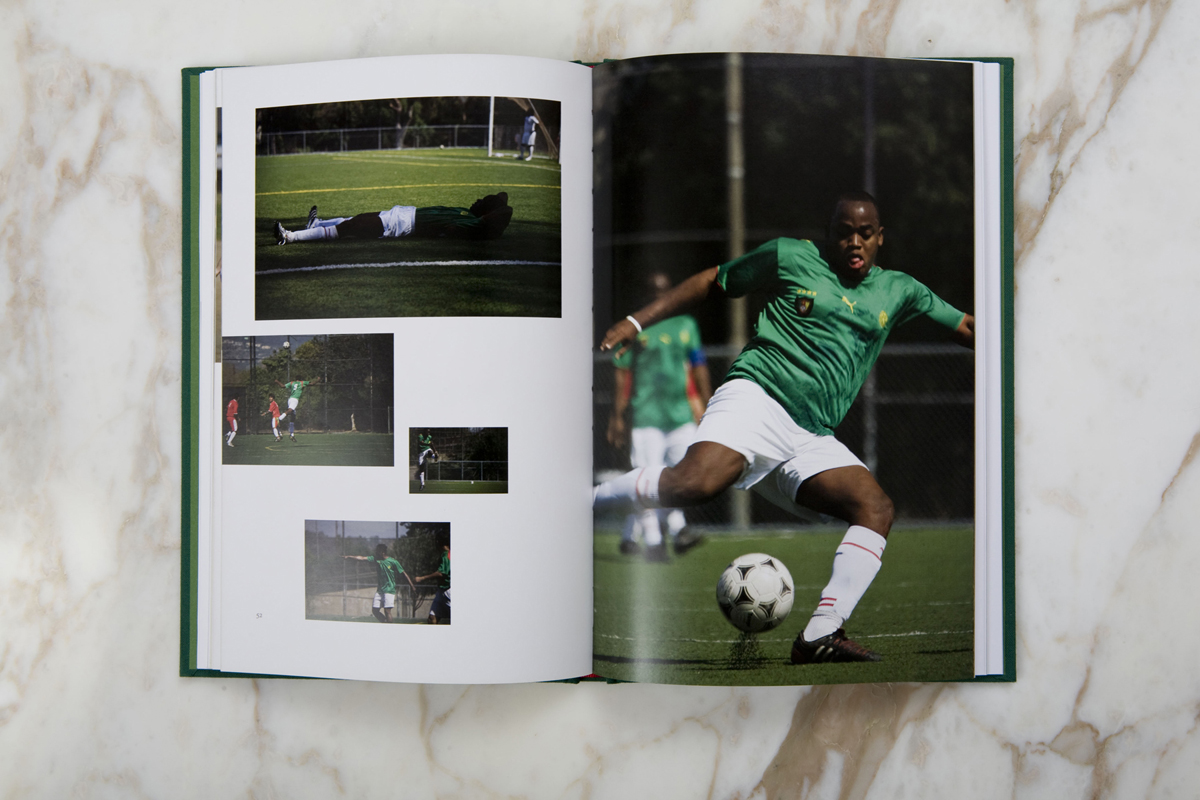
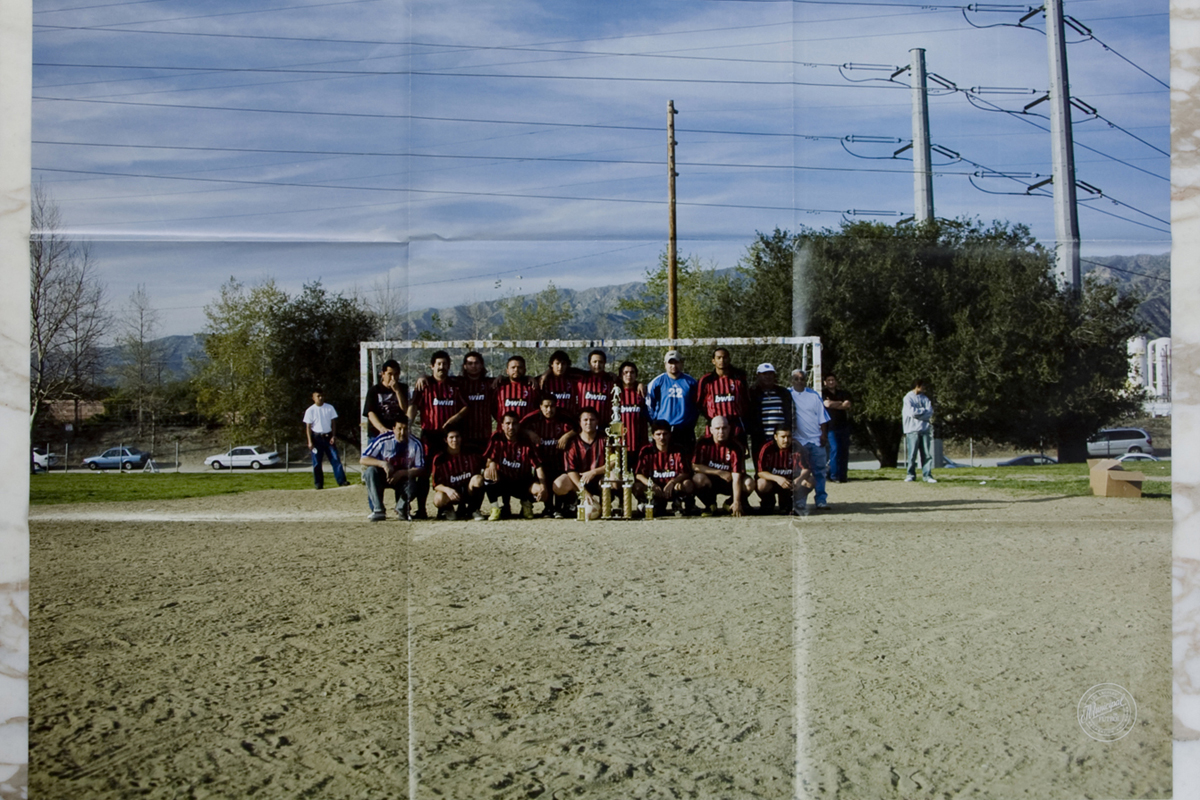
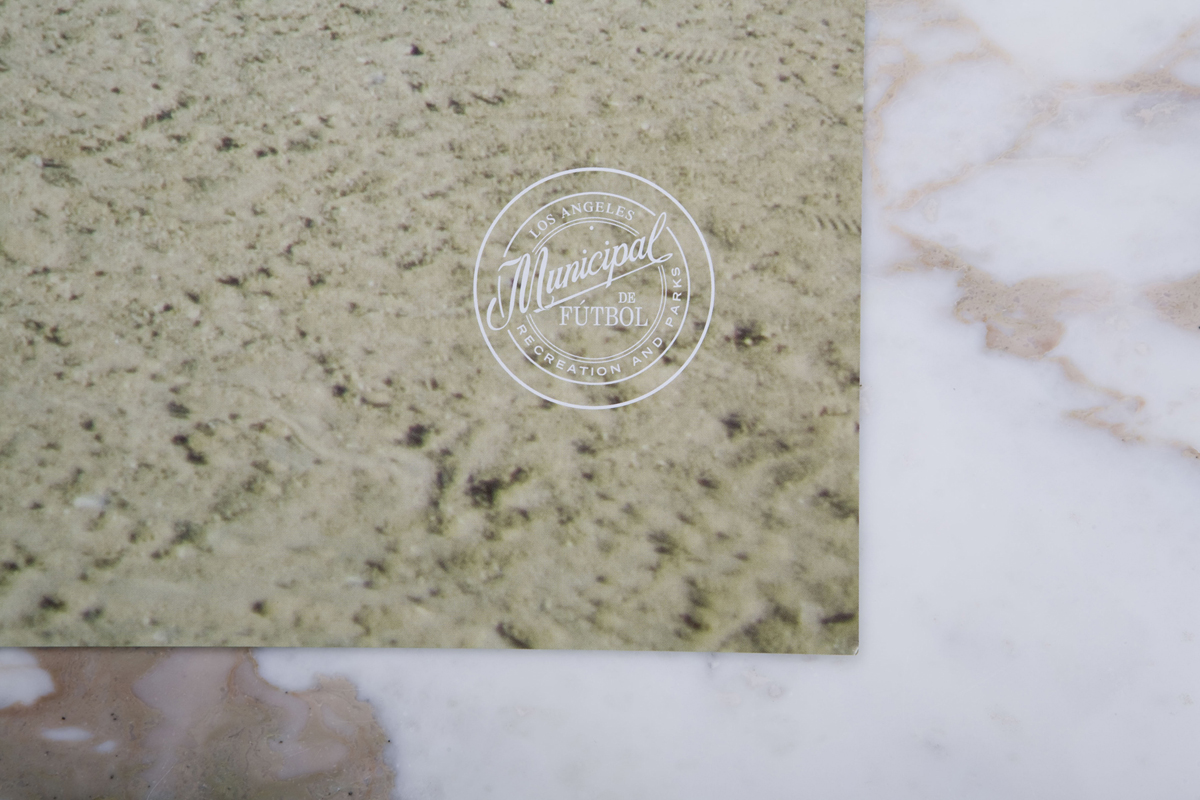
AA Bronson, Art, Arthur Ou, As-Found, Christoph Keller Editions, Criticism, Culture, DAP, Distribution, Fashion, General Idea, Jakob Kolding, Jennifer Doyle, Jonathan Maghen, Jonathan Monk, Mari Eastman, Michael Wells, Peter Piller, Roderick Buchanan, Sandy Yang, Sport, Textfield, Typography
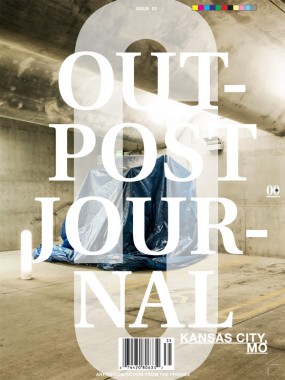
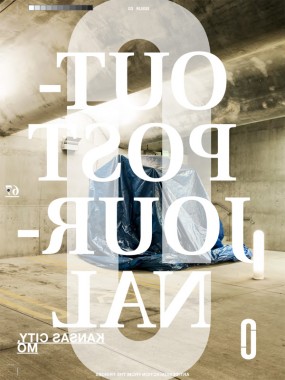
Outpost Journal 3, Kansas City
Softcover, 64 pp. + insert, offset 4/4, 9 x 12 inches
Edition of 500
ISBN 978-0-9836082-2-6
Published by Outpost Journal
$15.00 ·
Outpost is an annual print publication on art, design and community action from cities that have been traditionally underexposed beyond their local contexts. Each beautifully produced and visually engaging issue of Outpost focuses on a single urban location and comes packaged with a limited edition print by an artist from the featured city. Outpost is a journey into the creative heart of a place, and via features like “Secretly Famous” (profiles of the most infamous artsy locals), guerrilla engagements with tourist attractions, historical explorations, mapping projects, and deep dives into artist collectives and organizations, Outpost exposes the myriad ways in which unique local communities arise through creative collaboration and production.
Exploratory and playful, critical with a sense of levity, and inspired by hand-drawn maps, flags, totem poles, poorly pixelated iPhone photos, moody landscapes, and the spirit of adventure, Outpost is dedicated to strengthening ties between communities and spreading new ideas about how creative culture can change our world.
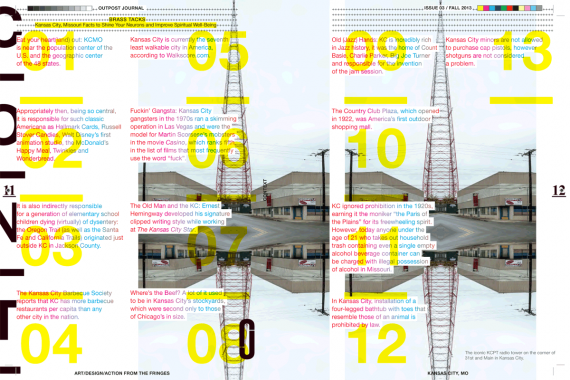
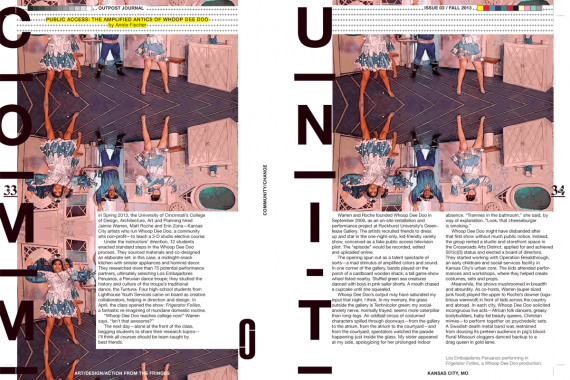
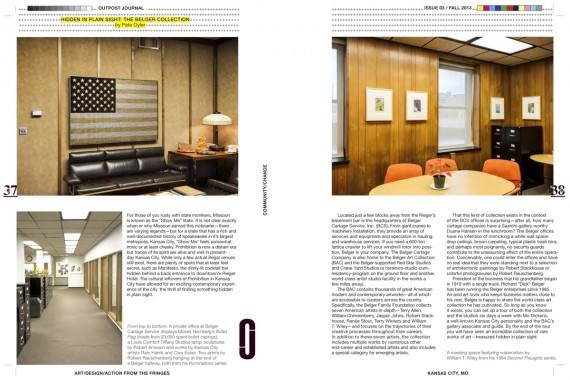
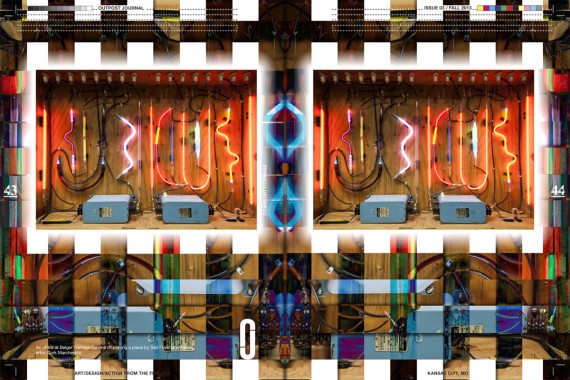
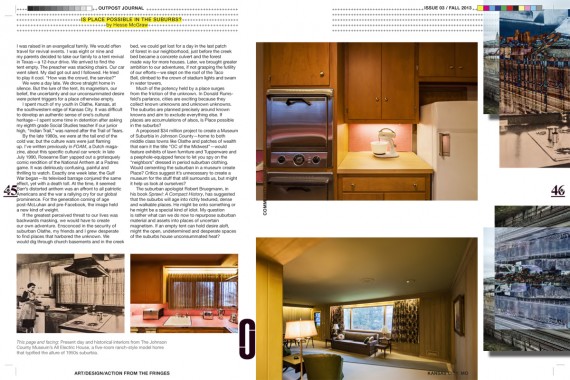
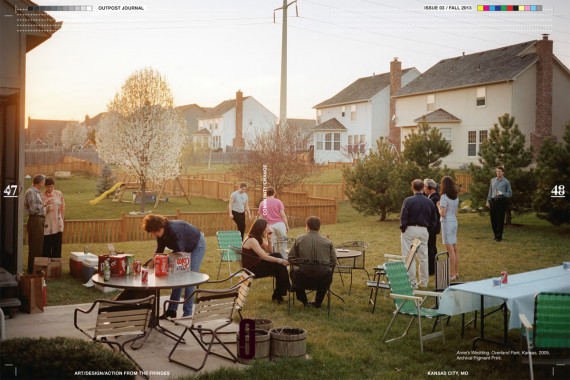
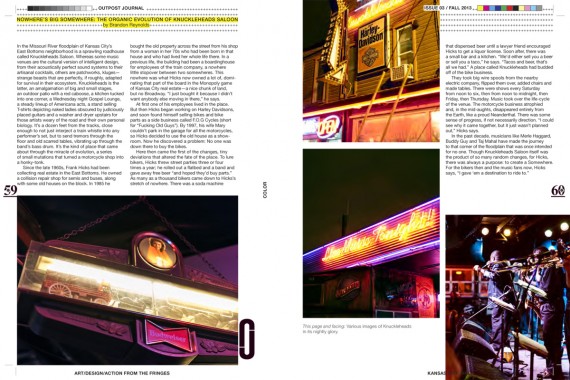
Ahram Park, Aja Blanc, Alex Kwartler, Annie Fischer, Anusha Venkataraman, Archie Scott Gobber, Architecture, Art, Brandon R. Reynolds, Clay Rockefeller, Culture, Dan Maginn, Distribution, Hesse McGraw, Jay Peter Salvas, Kate Hackman, Luke T. Baker, Manya Rubinstein, Matthew Williams, Mike Sinclair, Mike Taylor, Outpost Journal, Pete Oyler, Photography
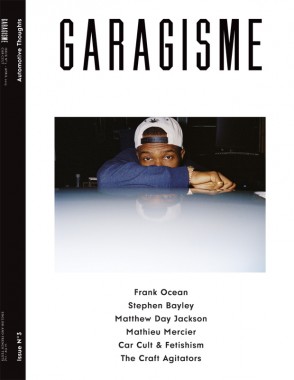
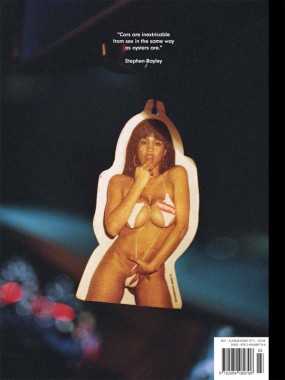
GARAGISME Magazine 3, Car Cult
Softcover, 144 pp., offset 4/4, 240 x 320 mm
English and French
Edition of 2000
ISBN 978-2-9540897-0-6
Published by GARAGISME Éditions
$13.00 ·
GARAGISME is a biannual publication documenting automobile culture / est une publication semestrielle documenter la culture automobile.
1. Frank Ocean: interview by CG Watkins
2. Stephen Bayley: Gender Bending Engines by Alice Pfeiffer
3. Matthew Day Jackson: The work of many hands by Monica Uszerowicz
4. Mathieu Mercier: Car Problems by Romaric Tisserand
5. Timothée Chaillou: Fragrance, a curated selection of artworks
6. The Craft Agitators: portraits of car crafters by Tania Feghali and CG Watkins
7. Il y a des morts élégantes: story by François Coquerel and Oscar Coop Phane
8. Art and Industry: essay by Rose-Marie Barrientos
9. Mégane: portfolio by Fanny Schlichter
10. Hellbenders: portfolio by Joan Cuenco
11. Concrete Island: portfolio by Devin Blair
12. Driving Me Crazy: portfolio by Csilla Klenyánszki
13. Don’t Walk: portfolio by Adrien Toubiana, Antoine Roux and Thomas Cristiani
14. Carhenge or the end of an american dream: essay by Camille Ayme
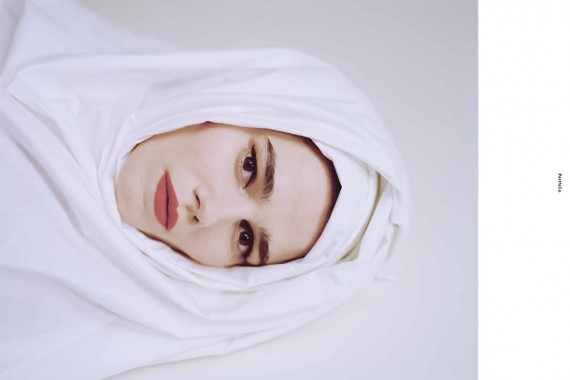
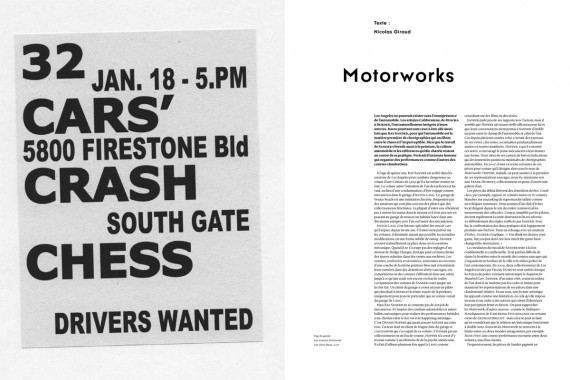
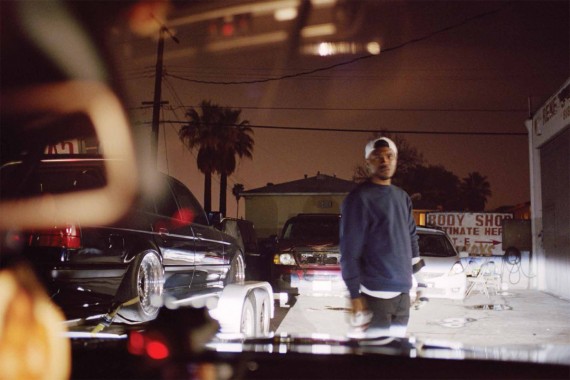
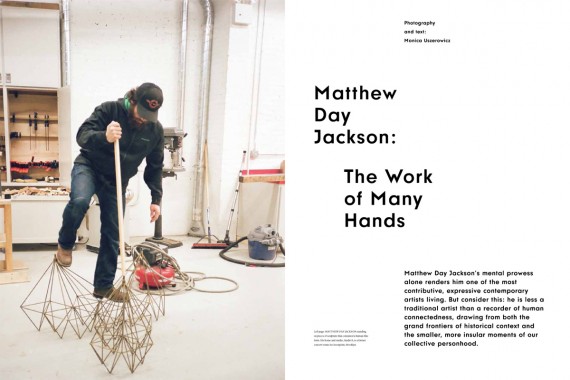
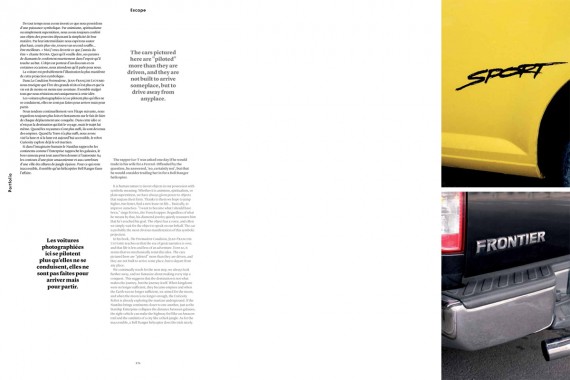
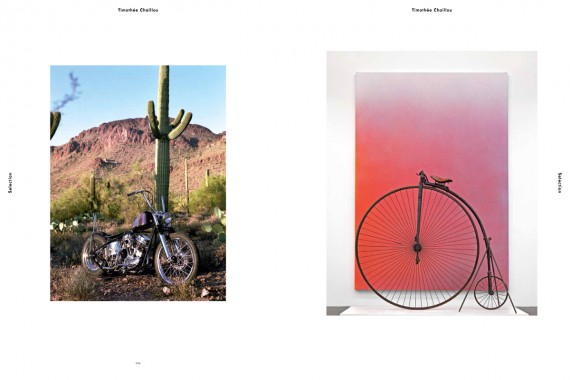
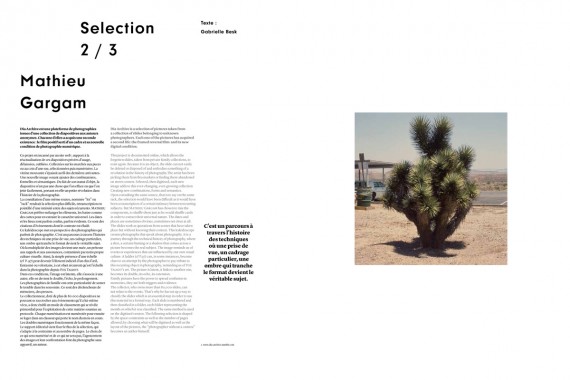
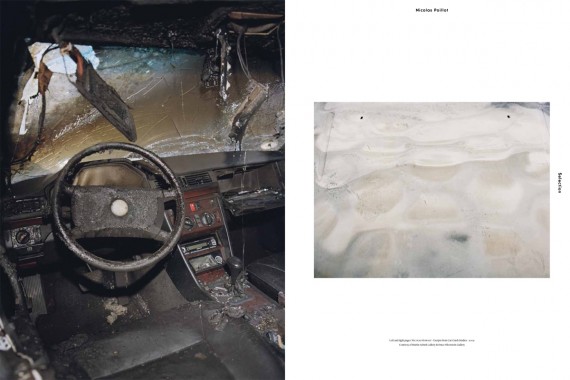
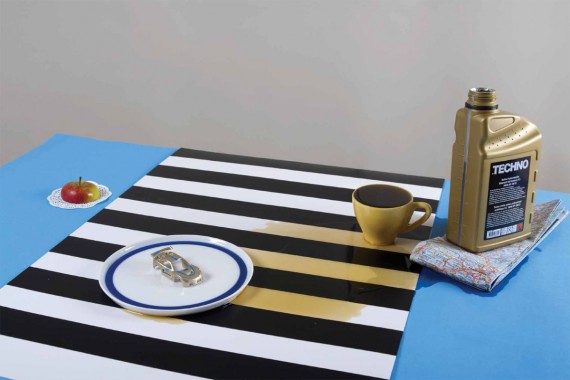
Adrien Toubiana, Alice Pfeiffer, Anne-Sophie Ferrari, Antoine Roux, Camille Ayme, Cars, CG Watkins, Csilla Klenyánszki, Culture, Devin Blair, Distribution, Fanny Schlichter, François Coquerel, Frank Ocean, Garage Grotesk, GARAGISME Éditions, Gilles Uzan, Joan Cuenco, Mathieu Mercier, Matthew Day Jackson, Monica Uszerowicz, Oscar Coop Phane, Romaric Tisserand, Rose-Marie Barrientos, Stephen Bayley, Tania Feghali, Thomas Cristiani, Timothée Chaillou
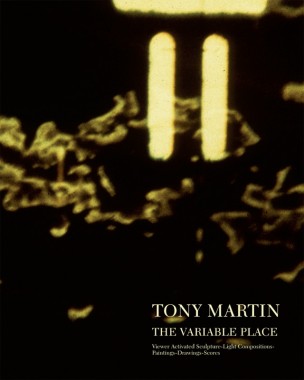
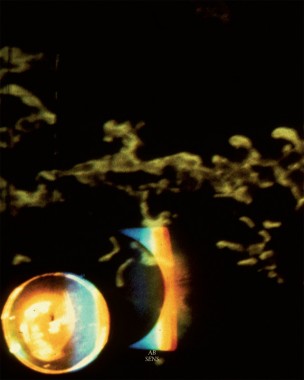
Tony Martin, The Variable Place
Edited by Camilla Padgitt-Coles and Nicky Mao
Softcover, 104 pp., offset 4/4, 8 x 10 inches
Edition of 350
Published by AB-SENS PRESS
$28.00 ·
Tony Martin arrived to San Francisco in 1962, promptly forging creative alliances and lifetime friendships with “new music” people Morton Subotnick, Pauline Oliveros, and Ramon Sender. When the San Francisco Tape Music Center moved to its location at 321 Divisadero St., Martin was invited by co-directors Sender and Subotnick to become the Visual Director. With special attention paid to working in the tape music medium, as well as performing regularly, they joined with Mills Center for Contemporary Music in ‘67. During the SFTMC days Martin was responsible for numerous visual compositions, including Terry Riley’s In C performance, as well as Sender’s Desert Ambulance. Martin was deeply engaged in experimenting with light via overhead and slide projectors, mixing paint, oil, water, and objects to build his light compositions. His following grew as a culture of psychedelia pervaded the 1960s and his light shows became popular amongst bands such as Jefferson Airplane and Grateful Dead. During this time he began to build “interactions” by engineering entire environments using sensors and mirrors. By the late ’60s he returned to New York City where he continued his focus for these types of installations; time and time again synthesizing his technological skills with painting as a moving image. A painter at heart, he continued with consideration of his experience working with his viewer-activated sculptures, as well as his devotion to the medium of light — maintaining a thread that binds all aspects of his work. His latest piece entitled Proximity Switched Installation (2012) is a clear culmination of a lifetime of experimentation/production. A video demonstration of this installation is available to view online and includes musical accompaniment by Compound Eye (Spring Press).
The Variable Place is the first book of its kind to tie together over 50 years of Tony Martin’s work. It includes an in-depth interview with Martin by Will Cameron, Albert Herter and the editors. As well as a special introduction by long-time friend/collaborator Pauline Oliveros.
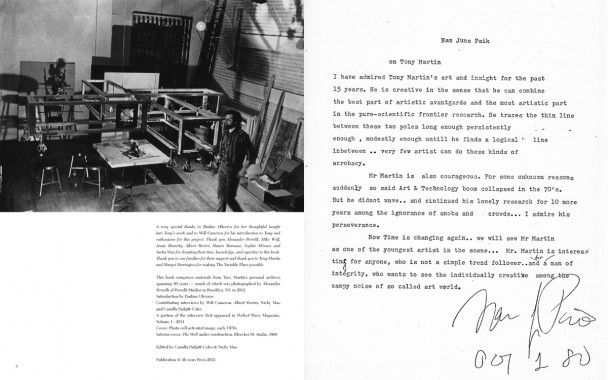
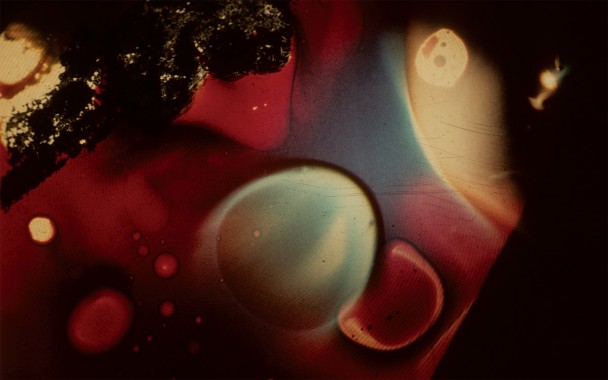
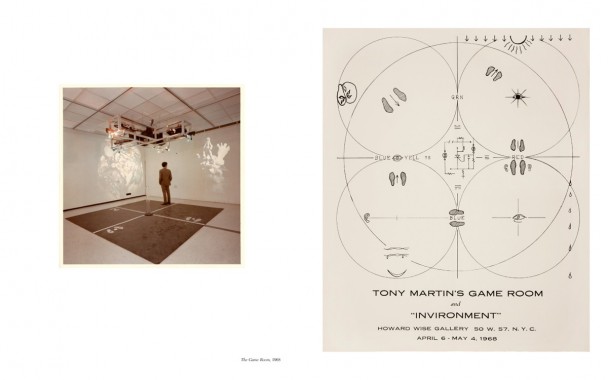
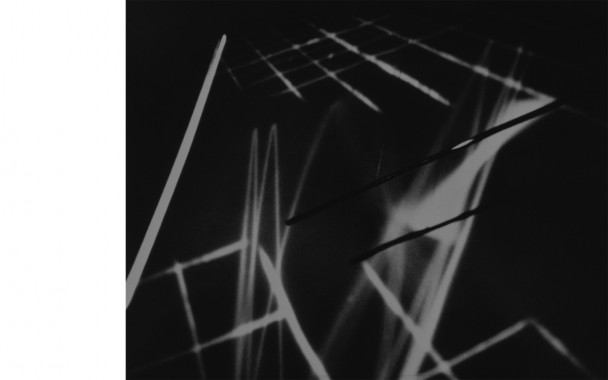
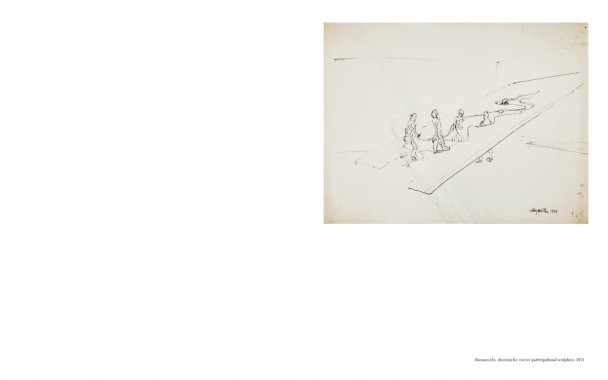
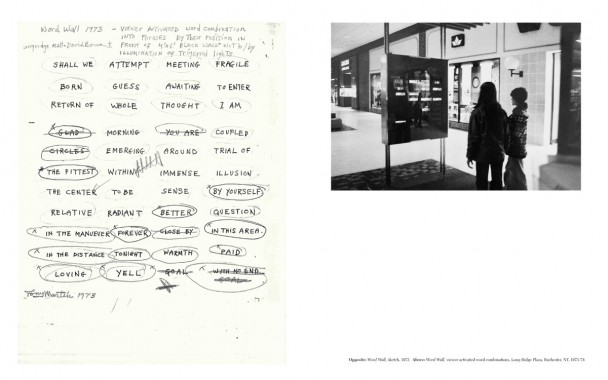
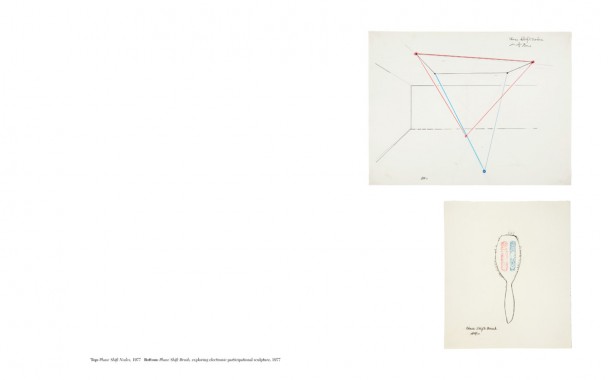
AB-SENS PRESS, Albert Herter, Art, Camilla Padgitt-Coles, Compound Eye, Culture, Design, Distribution, Morton Subotnick, Music, Nicky Mao, Pauline Oliveros, Performance, Photography, Ramon Sender, San Francisco, Terry Riley, Tony Martin, Will Cameron
























































































